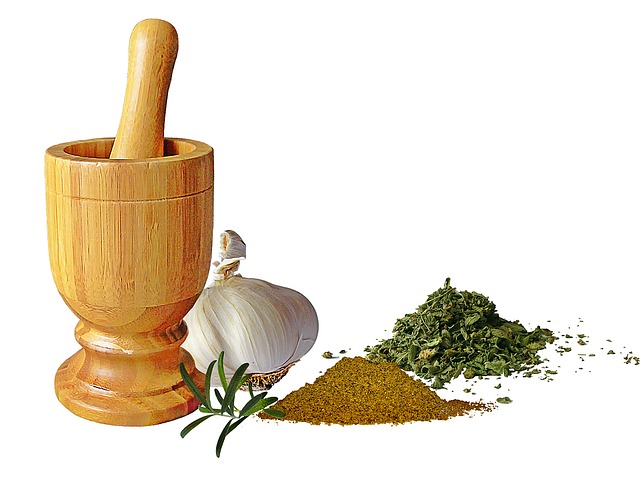Tahini and the Secrets of Happiness

About a decade ago, a team of researchers from the Tel Aviv University and the Hebrew University of Jerusalem (both among the top universities in Israel) published the results of a study on the relationship between hummus and humankind (this is not exactly their definition, but that is more or less the idea).
The researchers concluded in summary: The person chose the chickpea because of the amino acid tryptophan, which is found in high concentration. Tryptophan is a major raw material in the production of the hormone melatonin (responsible for the balance of sleep and wakefulness) and the neurotransmitter serotonin, which is responsible for balancing the mood. In short, more chickpeas means more tryptophan and a better mood.
Just to understand the process: Most of the drugs currently used to treat mild cases of depression and anxiety are based on serotonin reuptake inhibitors (SSRIs). Among the drugs in this group you can find Prozac, Seroxet, Lustral and Zifferlex. The amount of serotonin in the brain does not change, but it takes longer to get absorbed and depression returns. The addition of tryptophan from food, on the other hand, increases the total amount of serotonin in the body.
Not just SSRIs. Not just hummus
In addition to SSRIs, there is another type of popular antidepressant drug SNRI or SSNRI.Tahini, the second important ingredient in hummus, is rich in tryptophan and in other amino acid: phenylalanine. Why the tryptophan is good for your mood we already know. The Phenylalanine is converted into a molecule called tyrosine, which is an important raw material in the production of dopamine and norepinephrine. In other words, the hummus spread that includes tahini – and the tahini itself – is a little more like a natural SNRI drug.